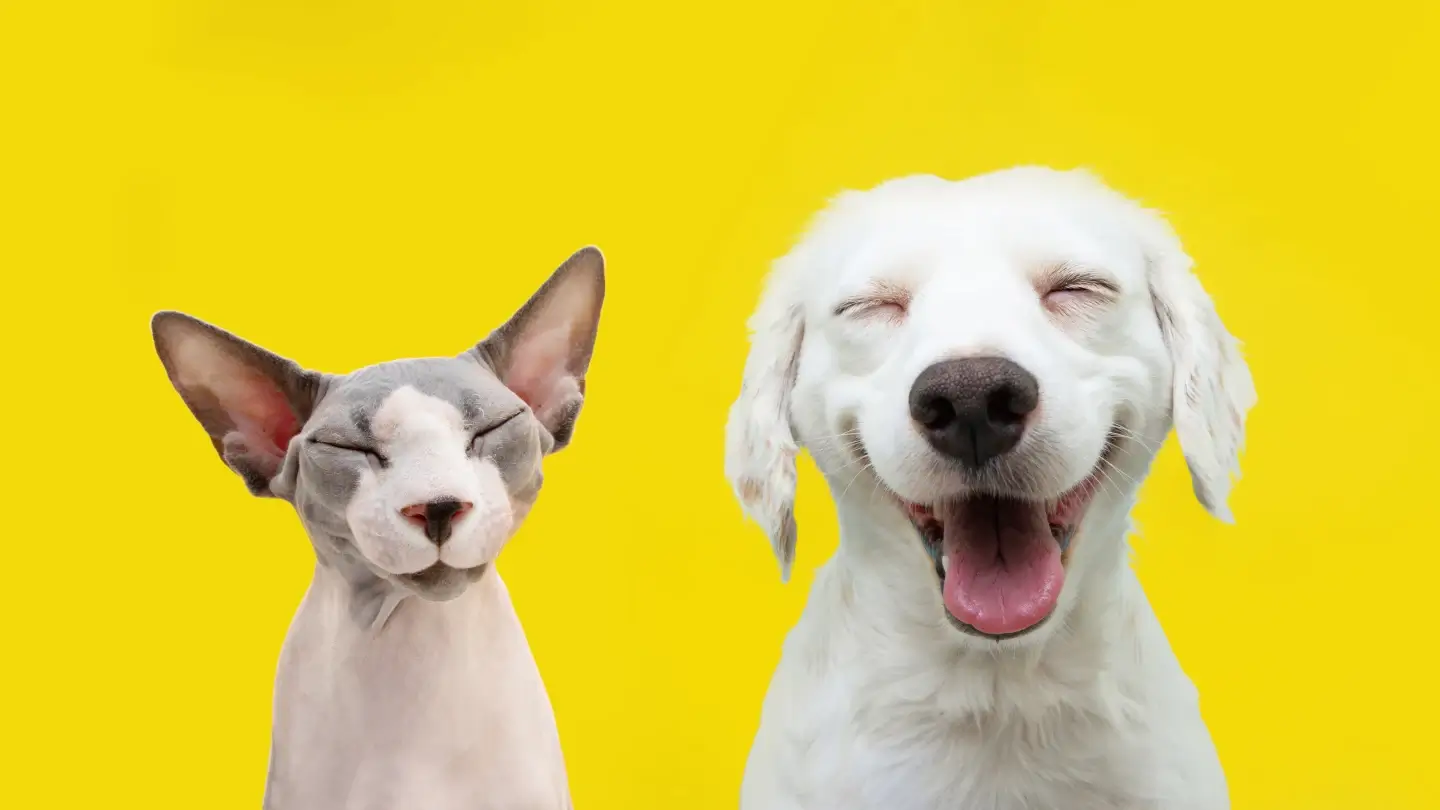Image segmentation is a computer vision technique that assigns a label to every pixel in an image such that pixels with the same label share certain characteristics, which can divide into these:
- Semantic segmentation: Labels pixels by category without distinguishing individual objects.
- Instance segmentation: Labels each object instance separately, even if they belong to the same category.
Here's how to mark polygon objects:
- First, add the picture files.
- Next, click the
polygonbutton on the side menu or press thePkey to make a polygon shape fast. - Last, type in the matching name in the label dialog.
To modify the polygon shape, use the shortcut Ctrl+J to go to edit mode fast. Move the mouse pointer to the point you want to edit and hold it to drag. You can also do these things:
- Add a point: Click on any side of the shape and drag at the spot where you want a new point.
- Remove a point: Hold the Shift key and click on the point you want to go away.
- Move the shape: Put the mouse pointer inside the shape and hold to drag it around.
Here's a guide on how to utilize the Segment Anything series models for efficient labeling.
- Click the
AIicon on the left side of the menu bar, or use the shortcutCtrl+Ato turn on the AI module for labeling. - From the dropdown menu labeled
Model, select a model from theSegment Anything Modelsseries;SAM2 Largeis recommended for optimal performance!
Note
As the model size progresses from tiny to huge, there is a continuous improvement in accuracy, though this is accompanied by a gradual decline in processing speed. Also, Quant means the model has been quantized.
Furthermore, we can also use prompting to specify further and control the region we want segmented:
Point (q): Add a positive point;Point (e): Add a negative point;+Rect: Draw a rectangle around the object;Clear (b): Erase all auto-segment marks.
For instance, if we want to segment only the region with plant branches and leaves and exclude the pot which holds the plant, we can simply pass points on the plant region as positive points and the points on the potted region as negative points. This indicates to the model to predict a segmentation mask for the region, which includes the positive points and excludes the negative points.
After completing your markings, press the shortcut f, enter the desired label name, and then save the object.
| Image | Mask |
|---|---|
 |
 |
Binary semantic segmentation categorizes each pixel in an image as either foreground or background. For instance, in the Cat & Dog segmentation task, you can isolate objects by following the calibration process.
Post-completion, use the Export button to save your work by selecting Export Mask Annotations, choosing the mask_grayscale_map.json, and setting the save path. Ensure the category names in the mapping file correspond to your annotated object classes.
| Image | Mask |
|---|---|
 |
 |
Multi-Class semantic segmentation extends the concept by assigning each pixel to one of several predefined classes, distinguishing between various objects like people, cars, animals, etc. As with binary segmentation, follow the calibration process, then export using the same Export Mask Annotations option, but adjust the category names in the mask_color_map.json to reflect the multiple classes you've annotated.
For both methods, refer to the provided binary mask and multi-class mask for output examples.
For instance segmentation models, we strongly recommend using YOLOv8-SAM2.1 as it provides significantly better performance compared to the original model in terms of accuracy. The model combines YOLOv8's robust object detection capabilities with SAM2.1's precise segmentation abilities.
To export your instance segmentation annotations, proceed with the following steps:
- Click on the
Exportbutton located in the menu bar at the top. - Select the
Export YOLO-Seg Annotationsoption. - Upload your custom label file, e.g., classes.txt, to ensure the correct mapping of object classes.
These steps will facilitate the proper export of your instance segmentation annotations for further use or analysis.
For detailed output examples, refer to this file.

